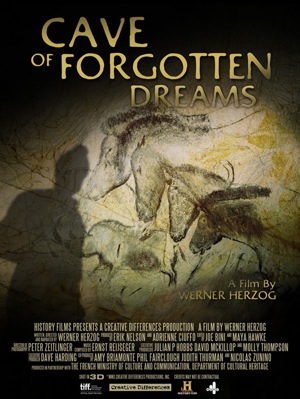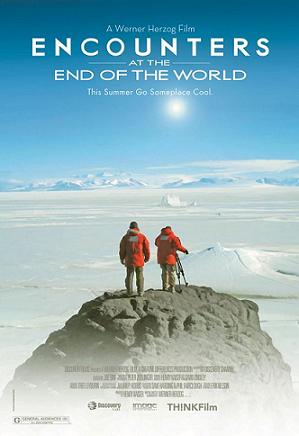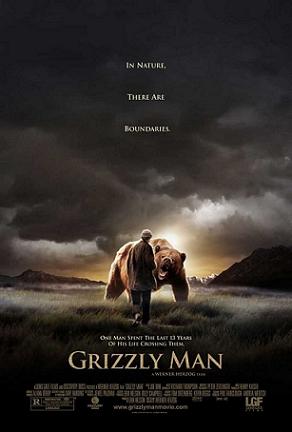Movie Poster by IFC Films
Starring: Katherine Heigl, Alexis Bledel, Linda Emond
Director: Mary Agnes Donoghue (Writer and Producer)
Run-Time: 94 minutes
Content Rating: PG-13
Distributor: IFC Films
Jenny’s wedding watches like a non-profit funded public service announcement on homophobia. The main characters are two-dimensional at best and Alexis Bledel is wasted on a one-dimensional character that is the passive receiver of Jenny’s affection. It seems that too many recent films on so-called ‘controversial’ topics use token stereo- and proto-typical characters in a bid to get a wider audience. These poor cardboard characters are mere vessels for ideologies and lack any real human substance.
It is not all bad; the film features some great educational scenes: The grocery store scene highlights the normalised inconsiderate exploitative behaviours of the mother’s friends’ children by contrasting/comparing it with Jenny’s sexuality. The scene where Jenny calls out her father’s inappropriate concern with the mechanics of her sex life is also a great big middle finger to sex as penetrative sex only myth.
The continuous self-obsessed image-conscious behaviour by Jenny and her whole family offers a fantastic opportunity to develop the characters some depth as they become thoughtful compassionate human beings in the process of coming to terms with Jenny’s previously concealed sexuality. Disappointingly the film only flirts with the opportunity leaving the audience wanting for more.
Jenny’s relationship with a partner whose name we cannot even recall after the credits rolled could have enjoyed more attention making us genuinely identify with their love for each other regardless of gender as they engage in a mutually respectful loving partnership rarely seen in films of any genre.
This could have been the unlikely couple, romantic wedding film that normalises homosexual weddings and marriage, but alas. As there is little to identify with in Jenny’s relationship it leaves no possibility to mobilise sympathy for the trangressive couple as their love transcends gender similarities (in contrast to the conventional race and class differences) culminating in a fairy-tale white wedding – where hetero-normativity is further challenged by both brides wearing dresses.
The story had great potential to become a thoroughly human, subversive film that challenges both cultural and cinematic norms; but unfortunately the short run-time and soul-lacking script frustrates the film’s potential. Jenny’s Wedding would be great for discussing and teaching adolescents about sexuality, stereotypes, and homophobia, or even for older folks who haven’t gotten the memo yet, but as a feature film it falls terribly flat.




You must be logged in to post a comment.